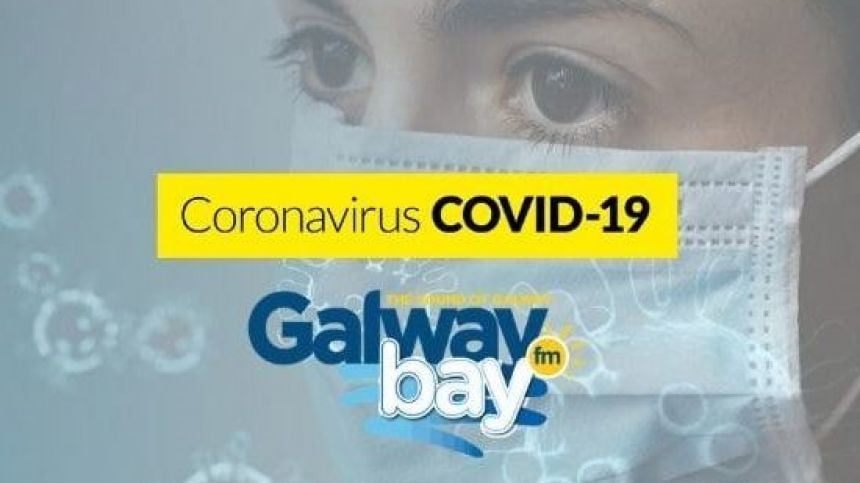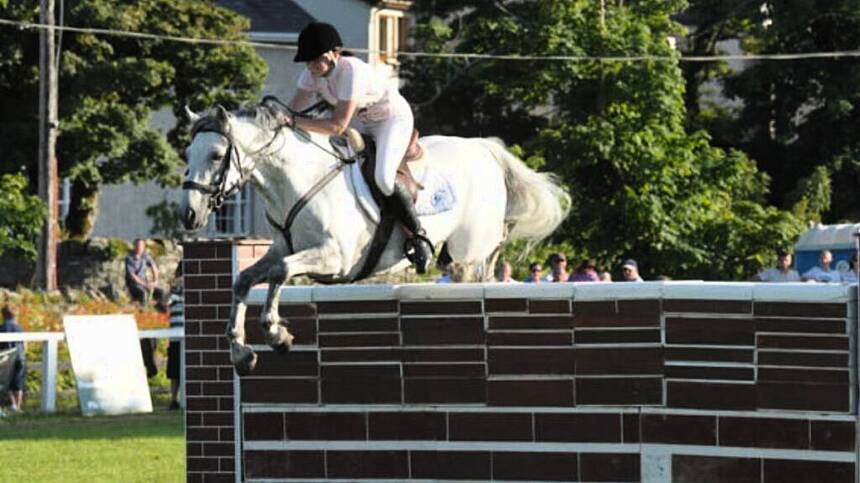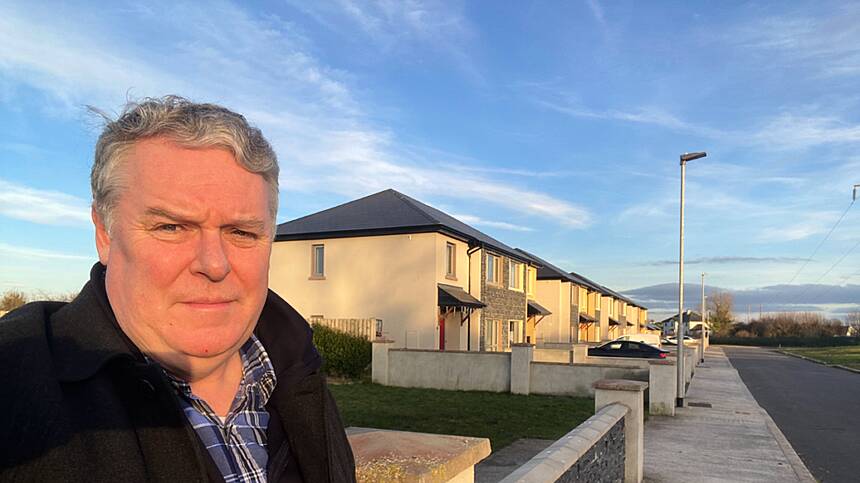Galway Bay FM Newsroom - The Health Protection Surveillance Centre has today been notified of 6 additional deaths related to COVID-19.
All of these deaths occurred in February.
The median age of those who died was 63 years and the age range was 41 - 86 years.
There has been a total of 4,319 COVID-19 related deaths in Ireland.
As of midnight, Saturday 27th February, the HPSC has been notified of 612 confirmed cases of COVID-19. There is now a total of 219,592 confirmed cases of COVID-19 in Ireland.
Of the cases notified today:
- 300 are men / 311 are women
- 72% are under 45 years of age
- The median age is 32 years old
- 289 in Dublin, 45 in Limerick, 34 in Longford, 33 in Galway, 26 in Kildare and the remaining 185 cases are spread across 19 other counties. *
As of 8am today, 554 COVID-19 patients are hospitalised, of which 133 are in ICU. 19 additional hospitalisations in the past 24 hours.
As of February 25, 409,529 doses of COVID-19 vaccine have been administered in Ireland:
- 271,594 people have received their first dose
- 137,935 people have received their second dose
- The COVID-19 Dashboard provides up-to-date information on the key indicators of COVID-19 in the community including daily data on Ireland’s COVID-19 Vaccination Programme.
Dr Ronan Glynn, Deputy Chief Medical, the Department of Health said: “Since the first case of COVID-19 was confirmed in Ireland last February, our lives have changed in ways we never thought possible.
“More than 6,300 people on our island have lost their lives with COVID-19. We remember them, and their families and friends, as well as the many people who remain seriously ill or who are dealing with long-term health issues because of this disease.
“The response of colleagues across all parts of our health system has been remarkable. We should be extraordinarily proud, and take great heart, from the dedication and resilience which has been – and continues to be - shown by everyone involved in this response.
“Almost all sectors and communities have experienced loss and have been tested in ways unimaginable to us this time last year. This pandemic and the public health response to it has had a profound impact on lives and livelihoods. But it has also demonstrated the best of us as a people, working together and buying in as a collective to what has been necessary to protect one another.
“Last Spring, we met the challenge presented to us with collective enthusiasm. Ironically, while that enthusiasm has understandably waned and gone, there are more concrete reasons for hope and optimism now than at any time over the last 12 months;
- We have seen week on week reductions in case numbers over the past six weeks and we are on track to have an incidence which is amongst the lowest in Europe;
- The number of people in hospital has fallen by 38% over the past fortnight;
- We have an educated and informed public and most people continue to do most of the right things most of the time – overcoming disinformation and playing their part in solidarity with one another;
- We have a dedicated and committed health workforce who have consistently stepped up to challenges as they have presented;
- We have three highly effective vaccines with more on the way, supply is ramping up and we are on course to have given about 80% of adults at least one dose by the end of June;
- Vaccines are already having a very positive impact here with cases falling dramatically among healthcare workers and in our nursing homes;
- Evidence is mounting quickly that these vaccines, as well as stopping people getting sick, also help to stop people passing the virus onto others;
- While new variants have brought uncertainty, the existing vaccines perform well against them and work is already underway to develop booster versions should they be required;
“We still have a way to go. Our case numbers are still far too high and we must continue to do all we can to suppress this disease over the coming weeks. But if we can do this successfully through March, our focus will begin to turn to what we can do, rather than what we cannot.
“Yes, we need to be cautious and yes, there will be challenges over the coming months. But together, through science and solidarity, we will get through this and this pandemic will end.”
*County data should be considered provisional as the national Computerised Infectious Disease Reporting System (CIDR) is a dynamic system and case details are continually being validated and updated.
Today’s cases, 5-day moving average of new cases, 14-day incidence rate per 100,000 population and new cases in last 14 days (as of midnight 27 February 2021) (incidence rate based on Census 2016 county population)
| County | Today's cases**(to midnight 27Feb2021) | 5-Day Moving Average of New Cases | 14-day incidence rate per 100,000 population(to 27Feb2021) | New Cases during last 14 days(to 27Feb2021) |
| Ireland | 612 | 662 | 212.2 | 10,103 |
| Offaly | 9 | 20 | 395.1 | 308 |
| Longford | 34 | 14 | 369.4 | 151 |
| Dublin | 289 | 264 | 288.9 | 3,893 |
| Limerick | 45 | 44 | 282.7 | 551 |
| Galway | 33 | 39 | 278.6 | 719 |
| Louth | 19 | 20 | 261.5 | 337 |
| Laois | 14 | 14 | 259.7 | 220 |
| Westmeath | 19 | 20 | 252.3 | 224 |
| Kildare | 26 | 27 | 248.5 | 553 |
| Monaghan | 0 | 5 | 239.5 | 147 |
| Meath | 17 | 34 | 227.1 | 443 |
| Mayo | 12 | 17 | 226.8 | 296 |
| Waterford | <5 | 11 | 213.5 | 248 |
| Carlow | 6 | 10 | 193.2 | 110 |
| Donegal | 5 | 25 | 188.5 | 300 |
| Tipperary | 15 | 19 | 186.8 | 298 |
| Cavan | <5 | 6 | 175.9 | 134 |
| Clare | 14 | 11 | 153.2 | 182 |
| Leitrim | <5 | 2 | 152.9 | 49 |
| Roscommon | <5 | 3 | 103.8 | 67 |
| Wexford | 6 | 8 | 103.5 | 155 |
| Wicklow | 12 | 9 | 99 | 141 |
| Sligo | 0 | 3 | 88.5 | 58 |
| Kilkenny | <5 | 4 | 81.6 | 81 |
| Cork | 16 | 24 | 66.7 | 362 |
| Kerry | 10 | 9 | 51.5 | 76 |
~The 5-day moving average of the number of new cases provides an appropriate indicator of current daily case numbers within a county. It takes account of any validation of cases for previous days and smooths out daily/weekend fluctuations in case numbers.
- The 7 day incidence rate is 96.0
- The 5 day moving average is 662







